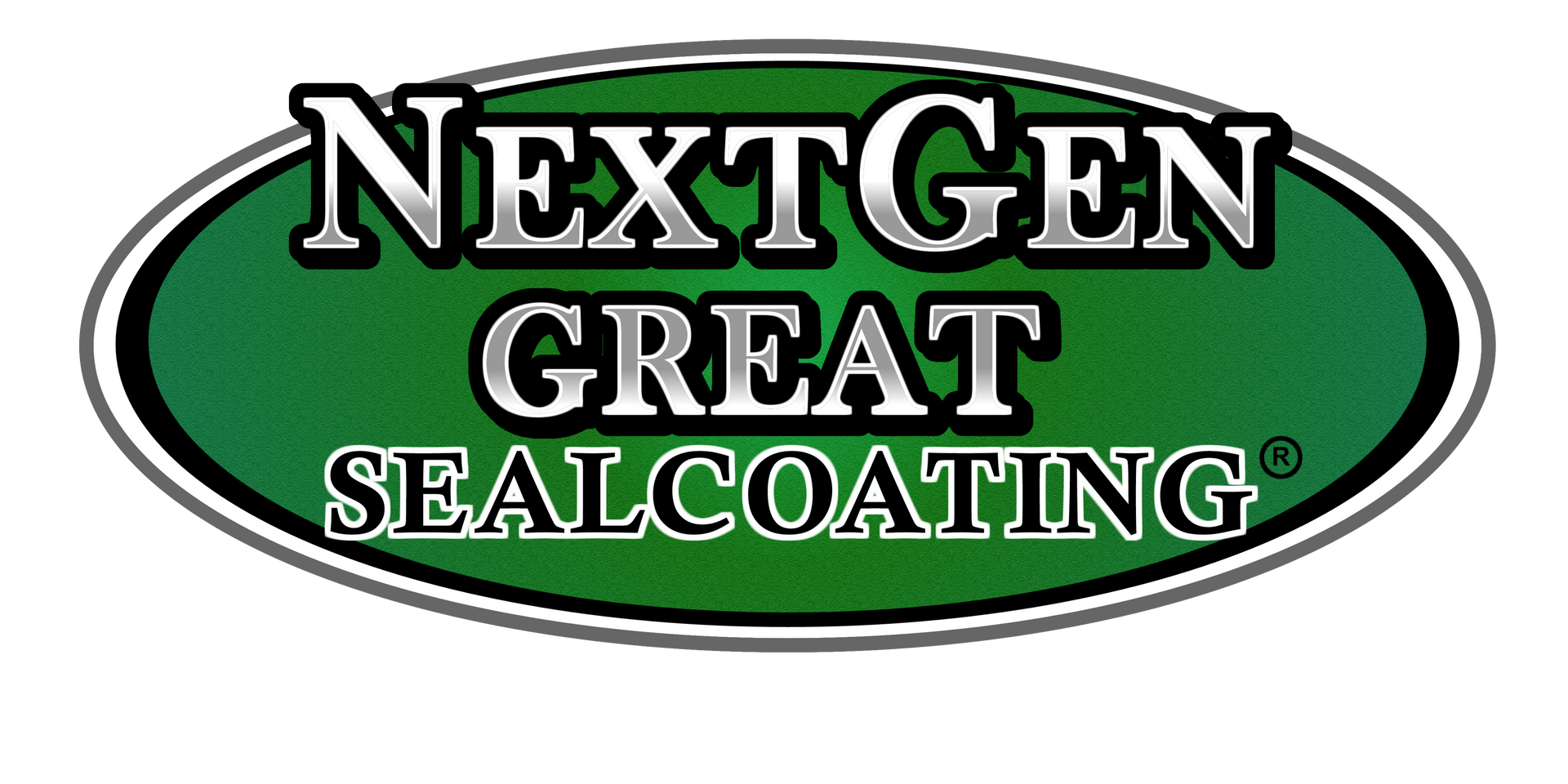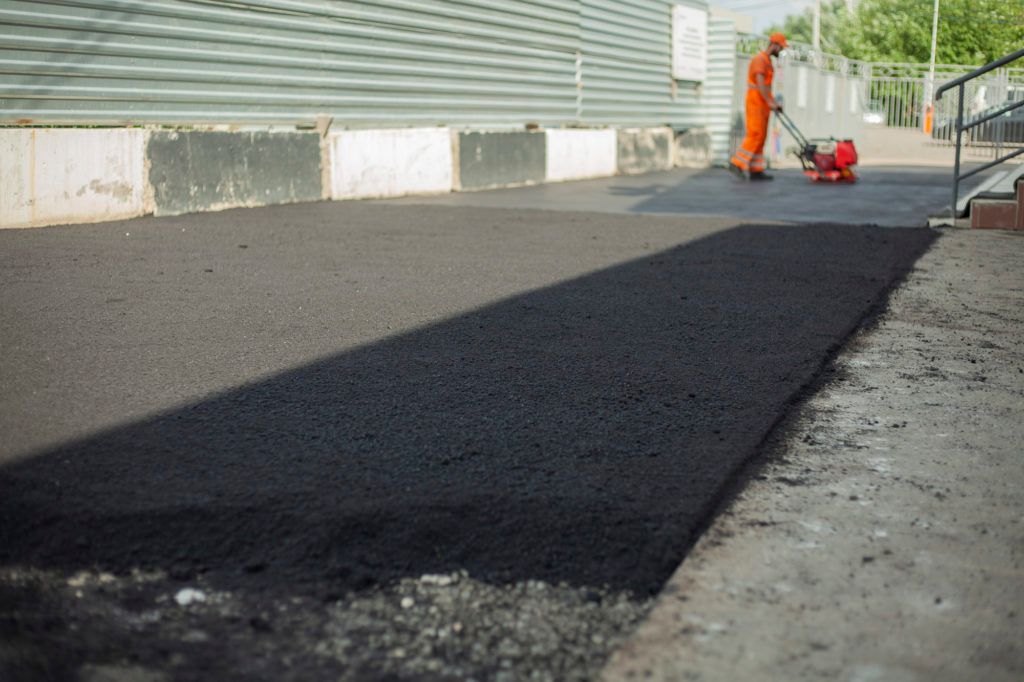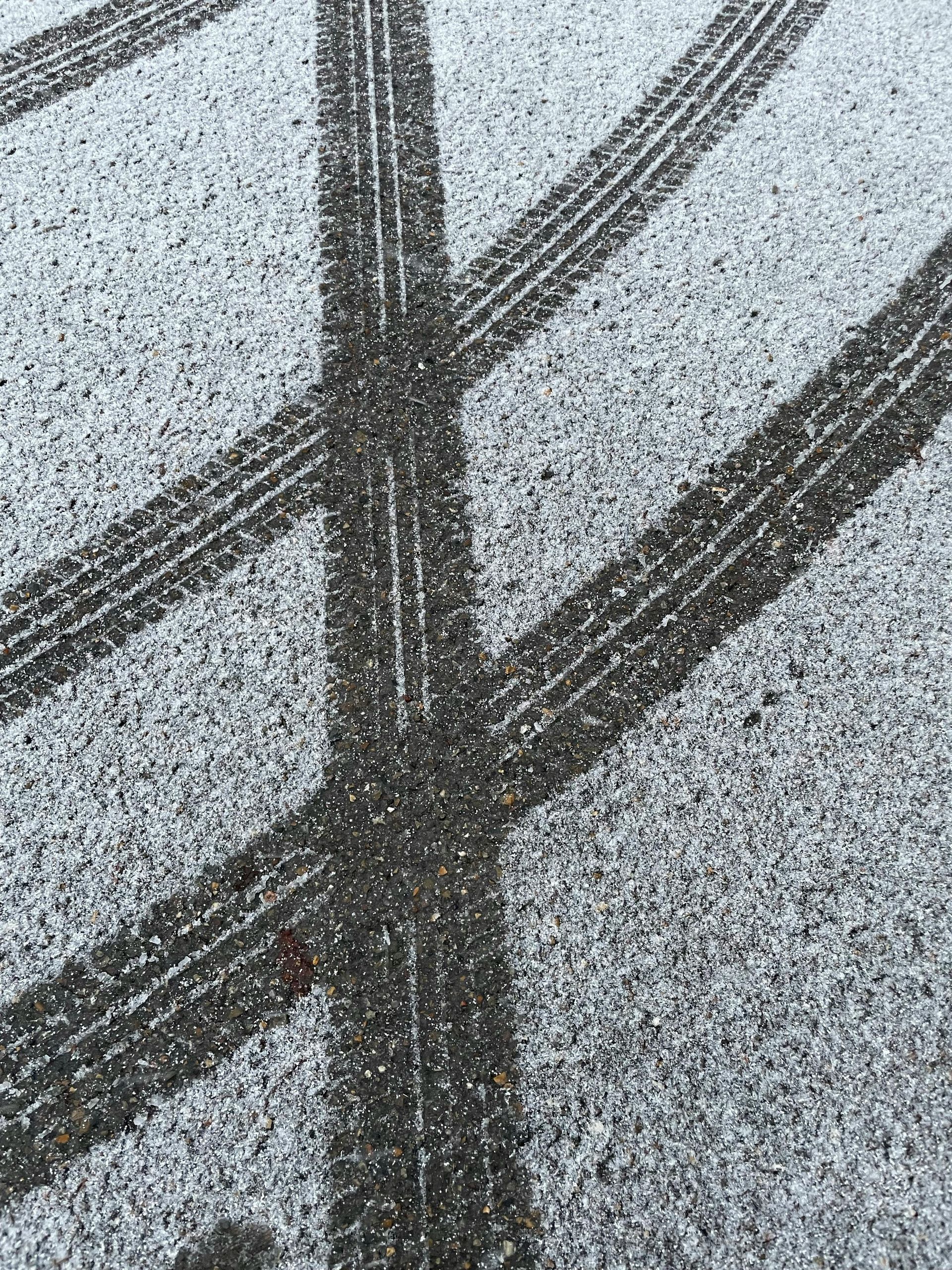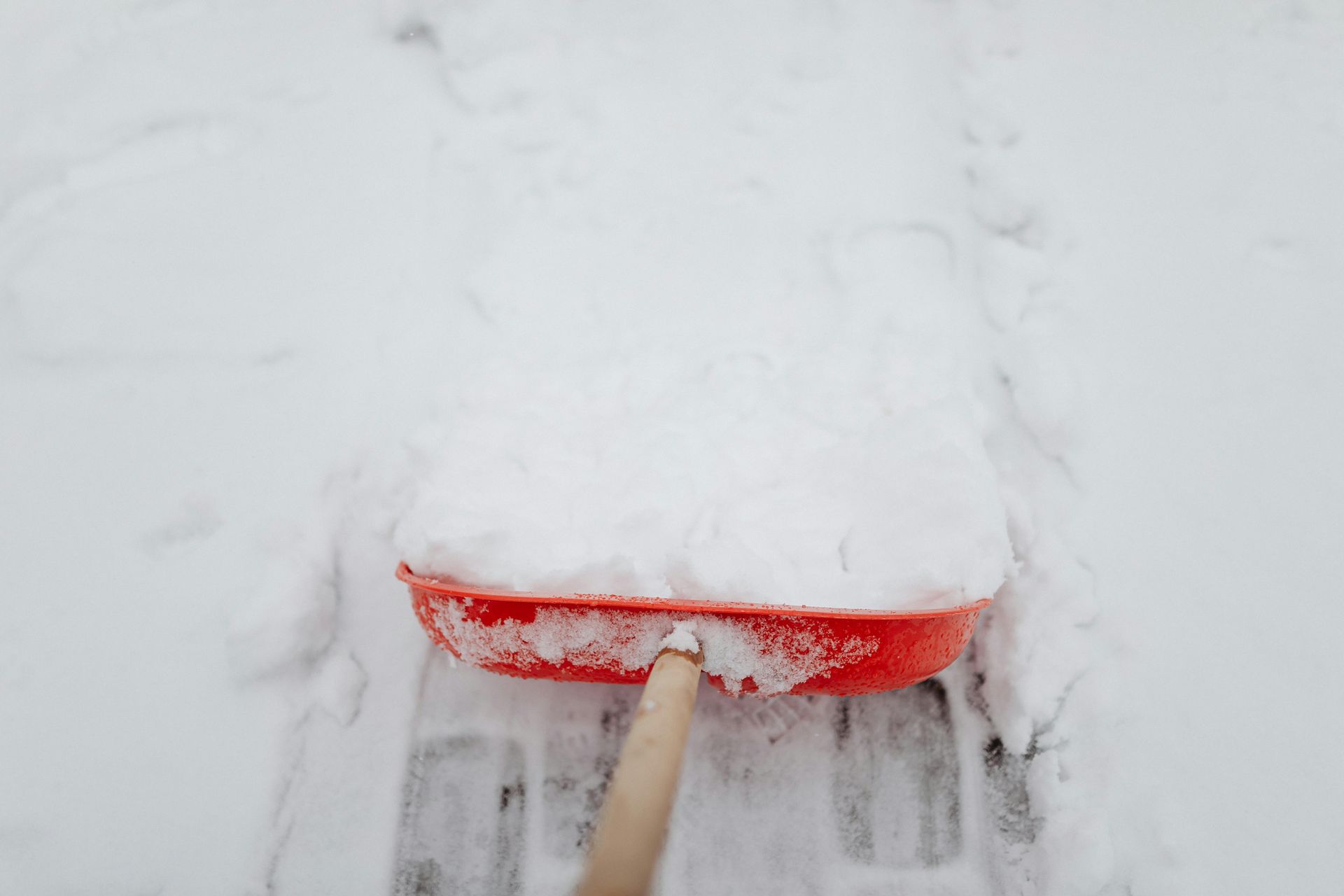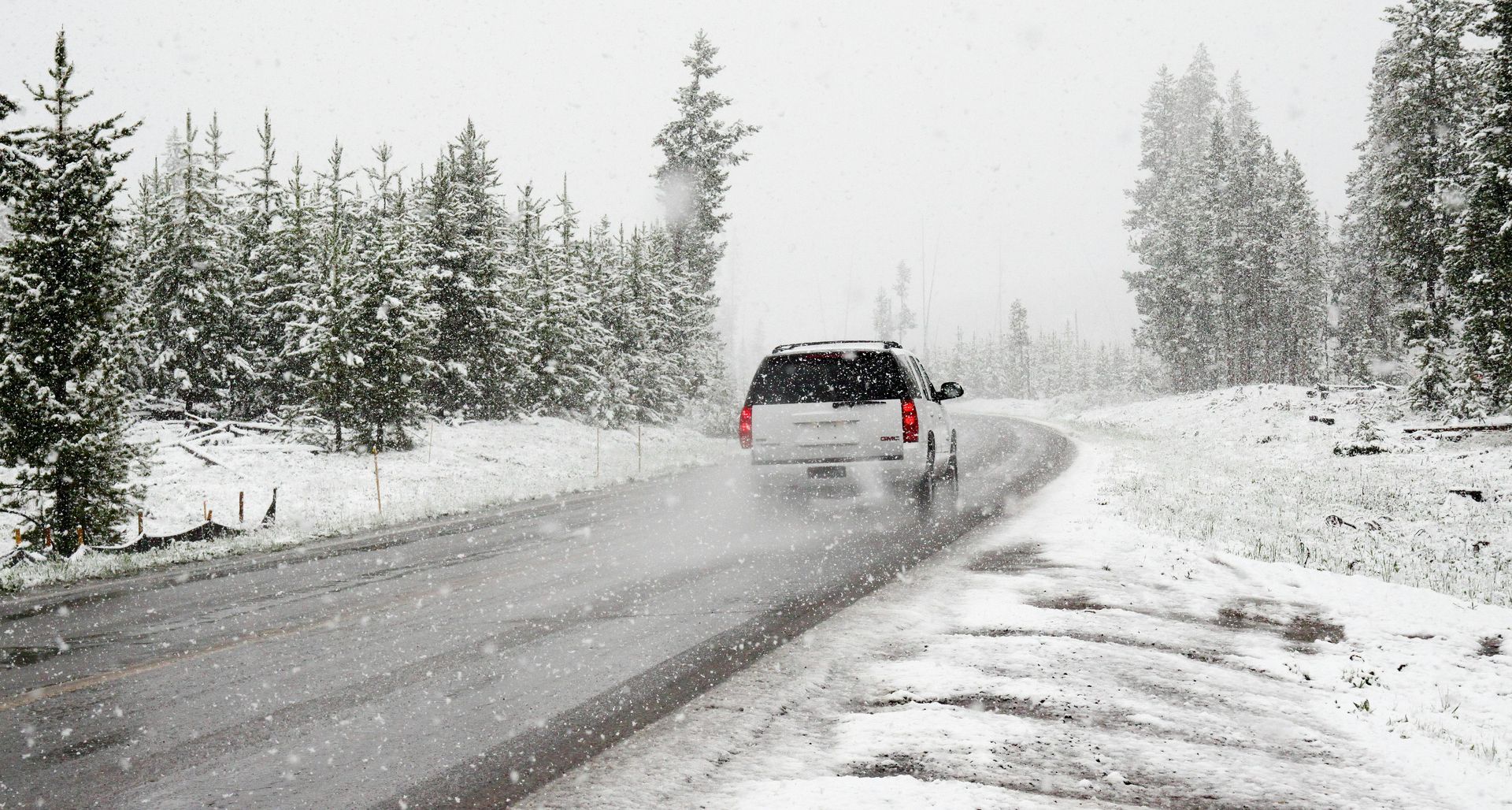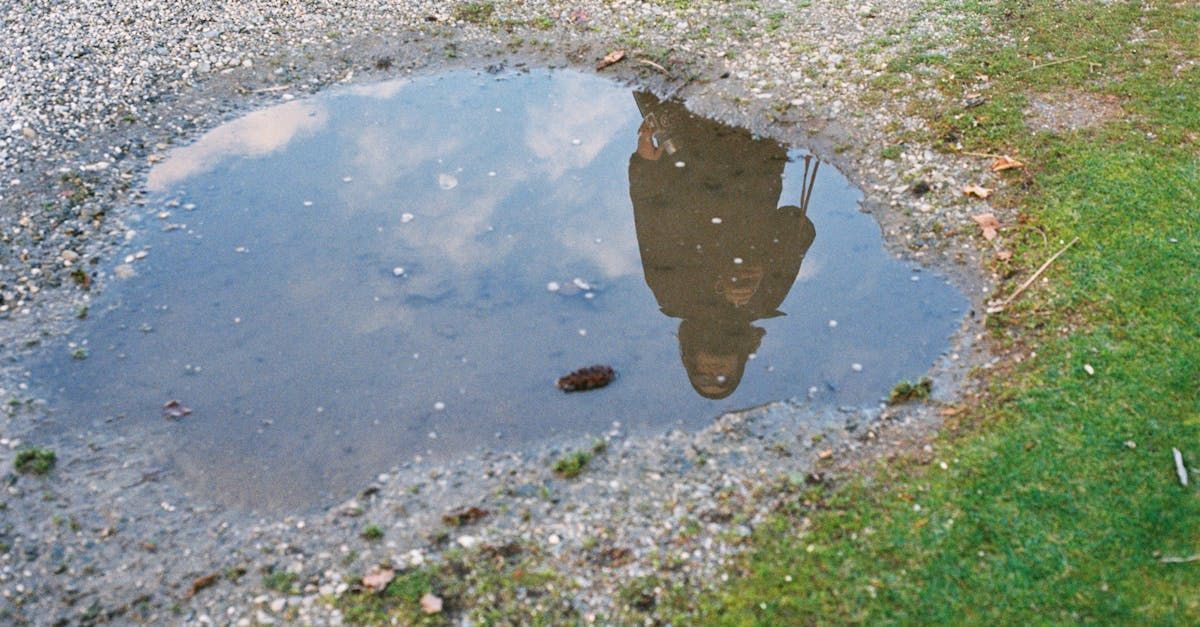How Winter Weather Damages Your Parking Lot: How to Fix It in Spring
Winter can be particularly harsh on parking lots, leaving behind damage that requires attention and repair come spring. From cracks and potholes to faded striping, the effects of snow, ice, and freezing temperatures can take a toll. Understanding how winter weather impacts your parking lot and knowing the steps for repair, including
commercial parking lot sealcoating in spring, can save you time, money, and extend the lifespan of your pavement.
Photo By: Bridge Masters Inc.
The Impact of Winter Weather on Parking Lots
Winter weather conditions can wreak havoc on parking lots. Several factors contribute to the damage, including:
Freeze-Thaw Cycles
One of the main culprits of winter damage is the freeze-thaw cycle. Water from melted snow and ice seeps into the pavement's surface. When temperatures drop, this water freezes and expands, causing the pavement to crack. As the cycle repeats, these cracks can widen, leading to significant structural damage.
Snow Removal Techniques
While necessary, snow plowing and de-icing can also damage your parking lot. Snowplows can scrape the surface, leading to scratches and removal of surface layers. Similarly, the chemicals used in de-icers can cause the asphalt to become brittle over time, resulting in cracks and deterioration.
Accumulation of Debris
Winter storms often bring debris like leaves, branches, and dirt, which can accumulate on parking lots. If not promptly cleared, this debris can trap moisture against the pavement, accelerating the damage caused by freeze-thaw cycles.
Common Types of Winter Damage
Understanding the types of damage to look for can help you identify and address issues early:
Cracks
Cracks are the most common type of damage caused by winter weather. They can appear as hairline fractures or large openings, depending on the severity of the freeze-thaw cycles.
Potholes
Potholes form when water seeps into cracks, freezes, expands, and weakens the pavement structure. As vehicles drive over these weakened areas, the surface collapses, creating potholes.
Faded or Damaged Striping
The combination of snow, ice, and salt can wear away parking lot striping, making it difficult for drivers to navigate and park properly.
Surface Erosion
Ice melt chemicals and snowplows can erode the surface of your parking lot, resulting in uneven surfaces and increasing the risk of further damage.
As you assess the damage, you may find that not only do you need
crack sealing and pothole repairs, but also comprehensive asphalt paving repair to address the underlying issues.
Spring Solutions for Parking Lot Repairs
Once the snow has melted and temperatures rise, it's time to assess and repair winter damage. Here's how you can fix your parking lot in spring:
Assessing the Damage
Conduct a thorough inspection of your parking lot to identify visible damage. Look for cracks, potholes, and any signs of surface erosion or faded striping. Take note of the areas that need immediate attention.
Crack Sealing
Crack sealing is a preventive measure that can extend the life of your parking lot. By filling cracks with a sealant, you prevent water from seeping in and causing further damage. This process is relatively quick and cost-effective.
Pothole Repair
Repairing potholes is essential for maintaining a safe and functional parking lot. The most common method is to remove the damaged pavement, clean the area, and fill it with new asphalt. Compacting the new asphalt ensures a smooth, durable surface.
Parking Lot Striping
Repainting or restriping your parking lot enhances its appearance and functionality. Clear, visible lines help organize parking spaces and guide traffic flow, ensuring safety for drivers and pedestrians.
Sealcoating
Sealcoating involves applying a protective layer to the asphalt surface. This layer acts as a barrier against UV rays, water, and chemicals, prolonging the life of your parking lot. Sealcoating also gives the pavement a fresh, black appearance, improving curb appeal.
Regular Maintenance
Regular maintenance is crucial to prevent future damage. Schedule routine inspections and cleanings to remove debris and check for signs of wear and tear. Addressing small issues promptly can prevent them from becoming larger, more costly problems.
Photo By: Property Manager
Choosing the Right Professionals for Parking Lot Paving
Repairing winter damage effectively requires professional expertise. When selecting a contractor for parking lot paving and repairs, consider the following:
Experience and Reputation
Choose a contractor with a proven track record in parking lot repairs and asphalt paving. Check for reviews, testimonials, and completed project portfolios to gauge their expertise and reliability.
Range of Services
Opt for a contractor that offers a comprehensive range of services, including crack sealing, pothole repair, striping, and sealcoating. This ensures all aspects of your parking lot can be addressed by a single provider.
Use of Quality Materials
Ensure the contractor uses high-quality materials that meet industry standards. Quality materials contribute to the longevity and durability of your parking lot repairs.
Clear Communication
Effective communication is key to a successful repair project. Choose a contractor who is transparent about the process, timeline, and costs involved.
Conclusion
At NextGen Great Sealcoating, we understand that winter weather can inflict significant damage on your parking lot, leading to costly repairs if not addressed promptly. By recognizing the impact of harsh winter conditions and implementing effective spring repair strategies, you can ensure the longevity and safety of your asphalt surfaces. Our team of experienced professionals is dedicated to delivering top-quality repair solutions, including crack sealing, pothole repair, and comprehensive sealcoating services to protect your investment.
Don't wait until the damage worsens—taking proactive measures now will save you time and money in the future.
Contact us today to learn how we can help restore and maintain your parking lot, ensuring it remains functional and visually appealing for years to come. Your satisfaction is our priority, and we’re here to help every step of the way!

IMPORTANT LINKS
NEWSLETTER
Newsletter
We will get back to you as soon as possible.
Please try again later.
NJ License #13VH01319300
PA License #PA132219
Rockland County, NY License #7994
All Rights Reserved | NextGen Great Sealcoating | Powered By Quantifi Media
